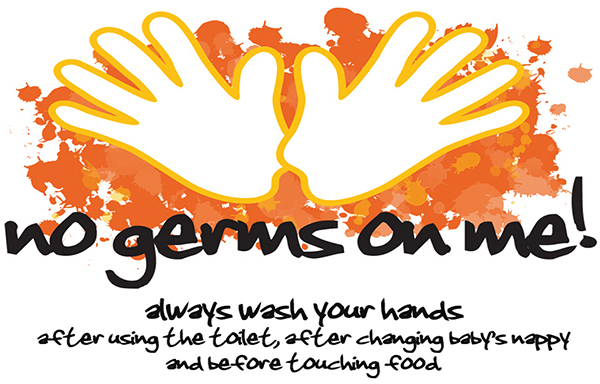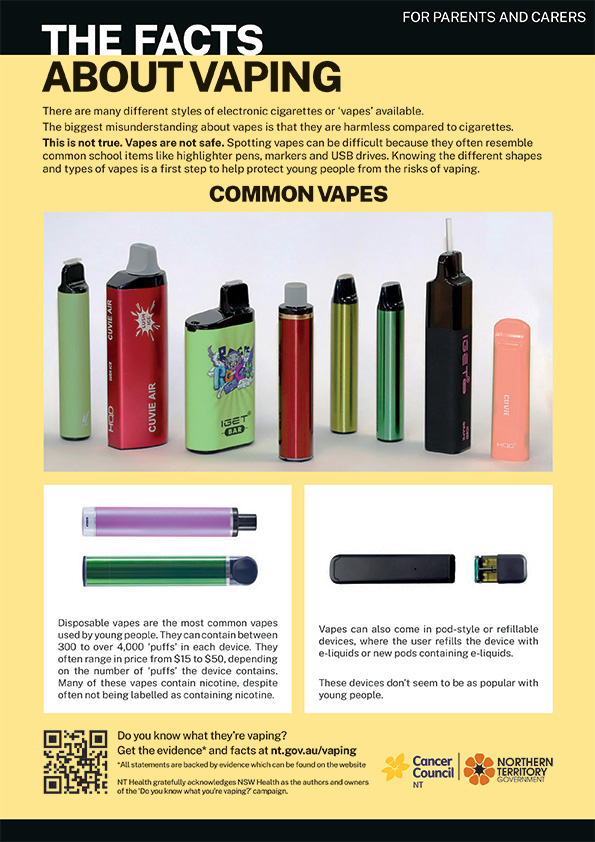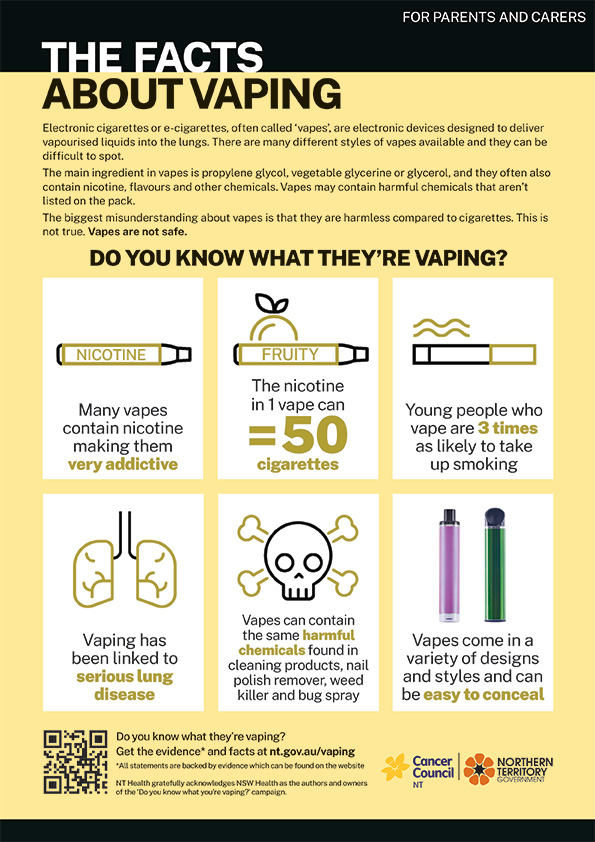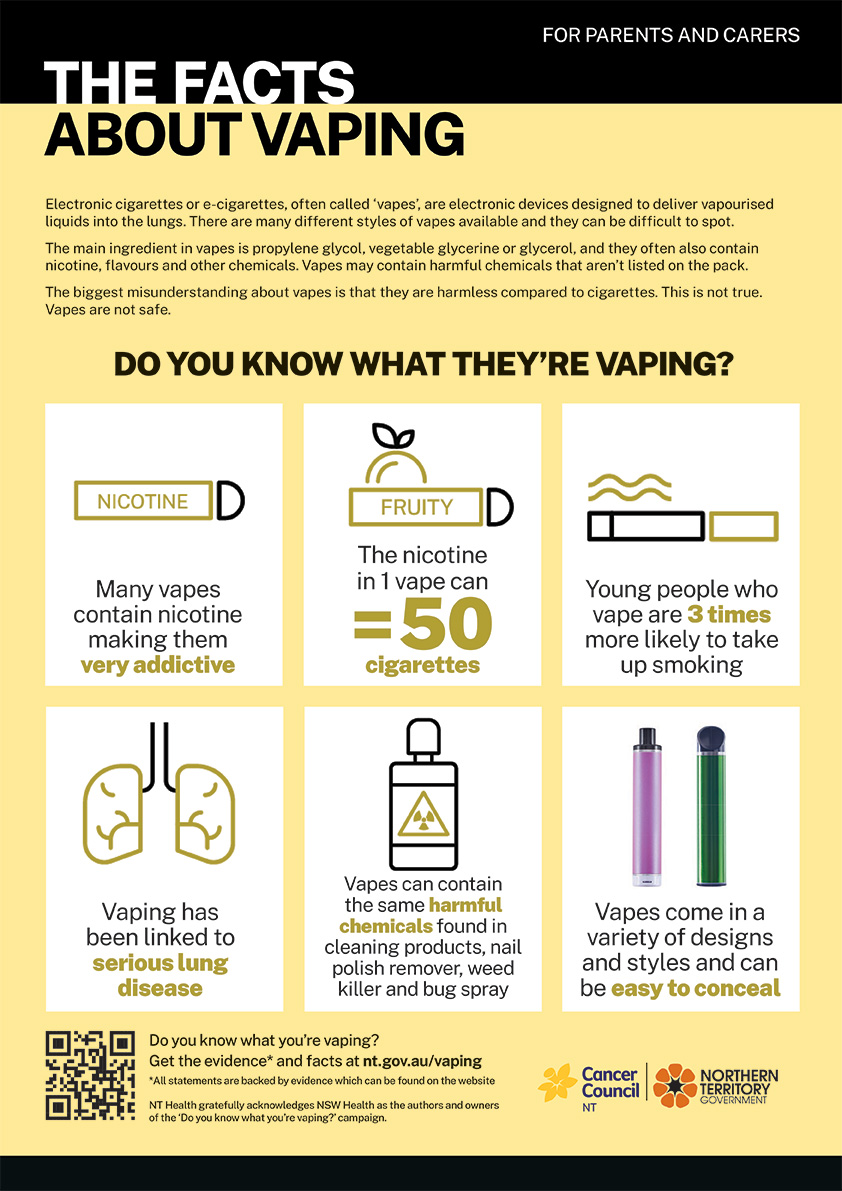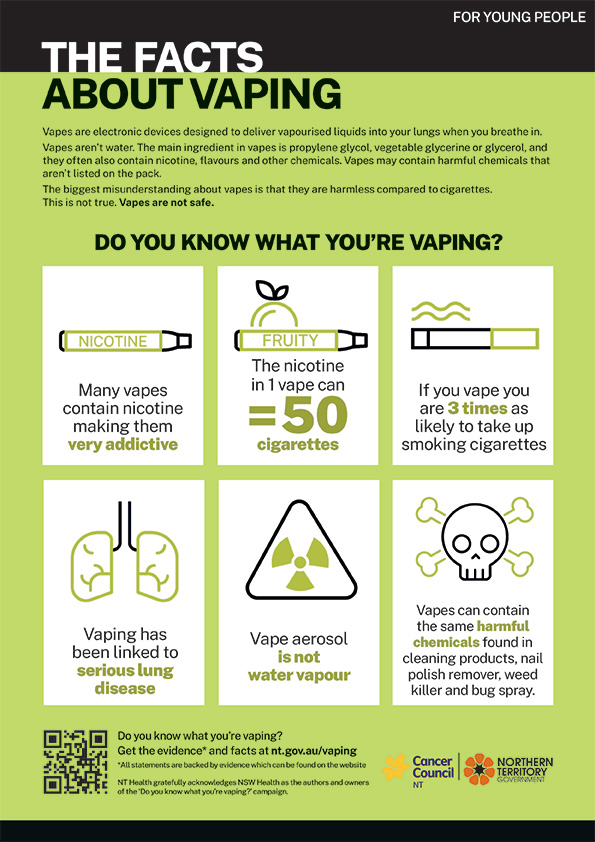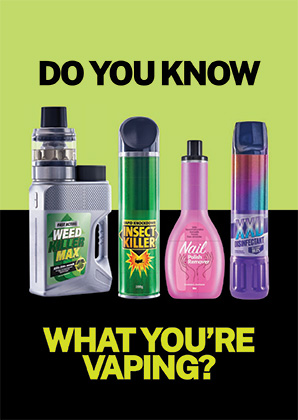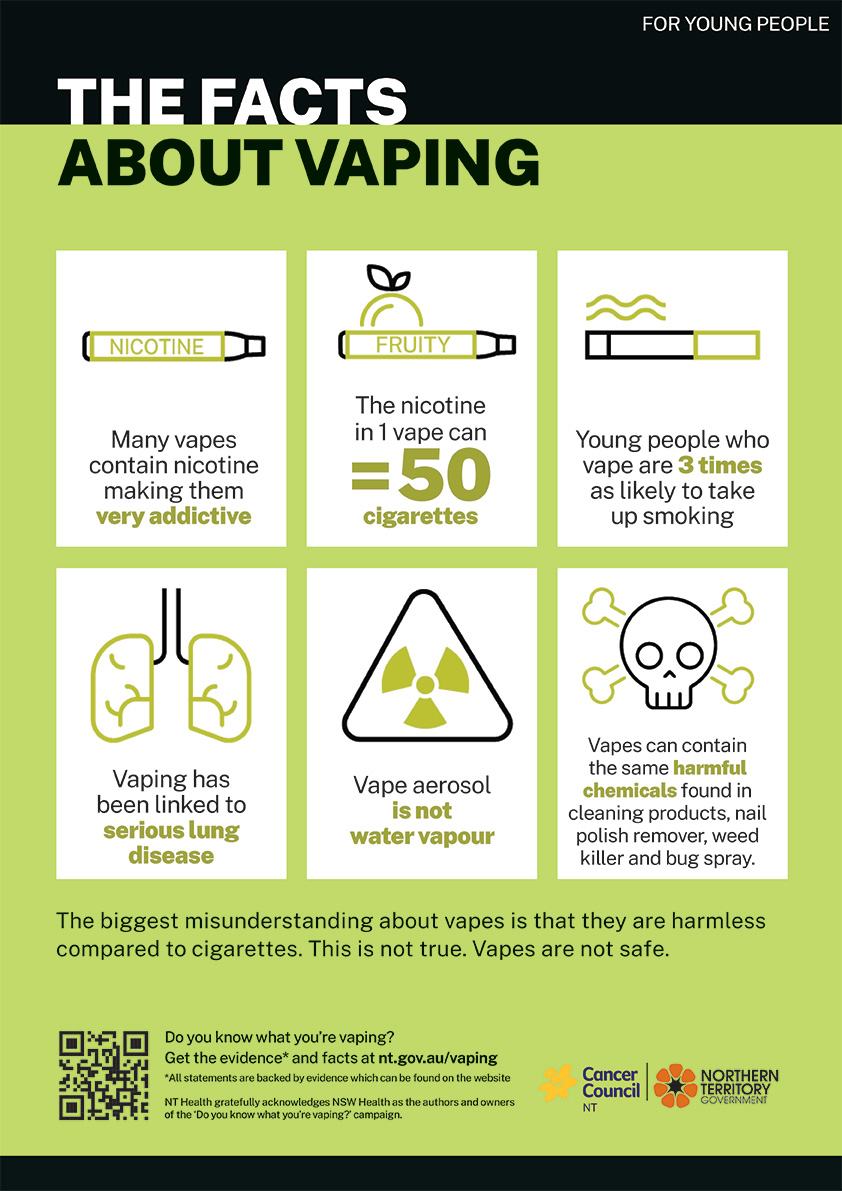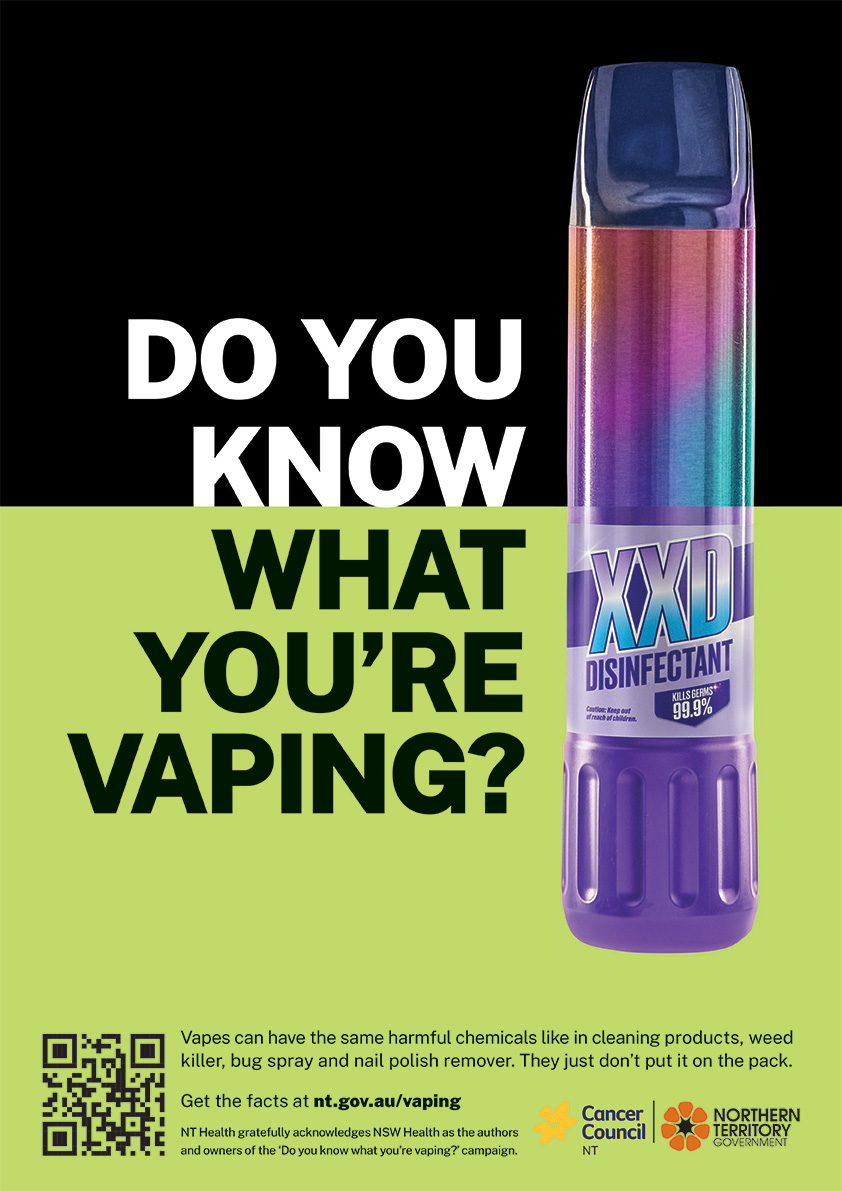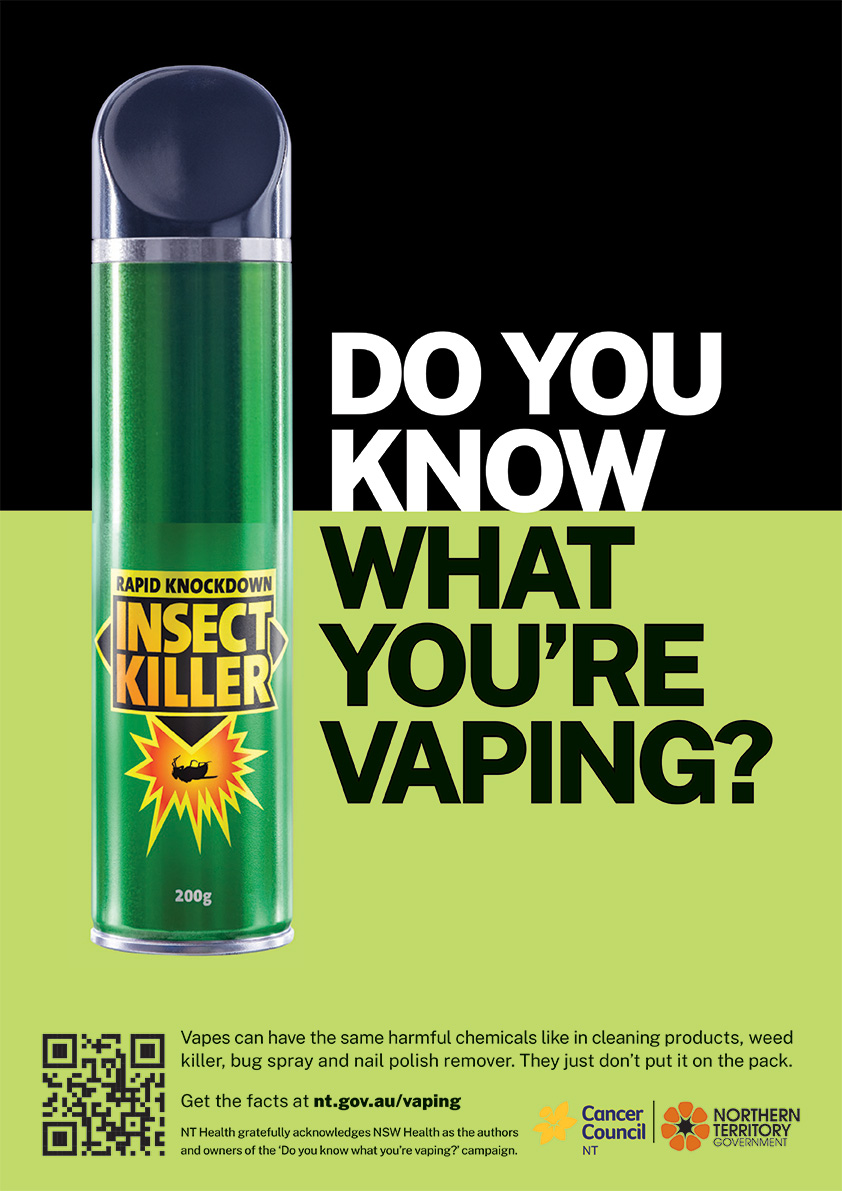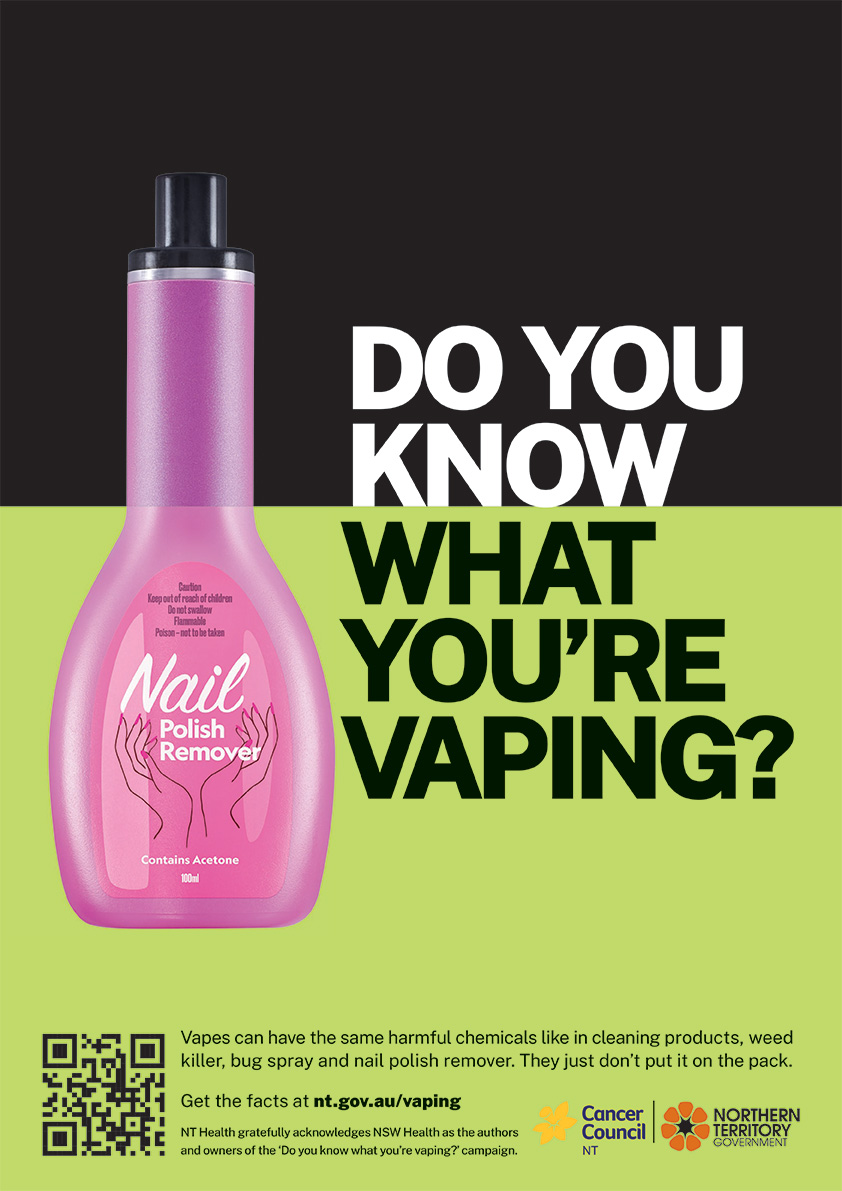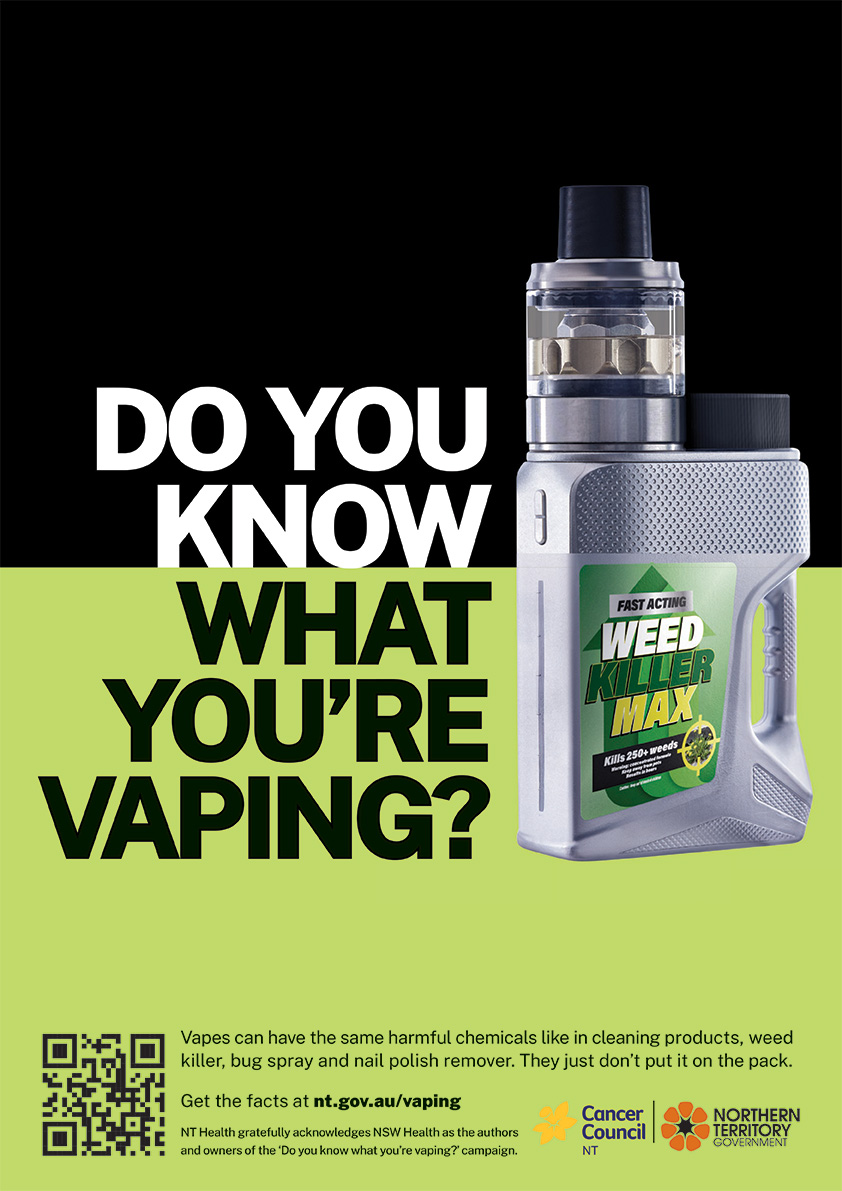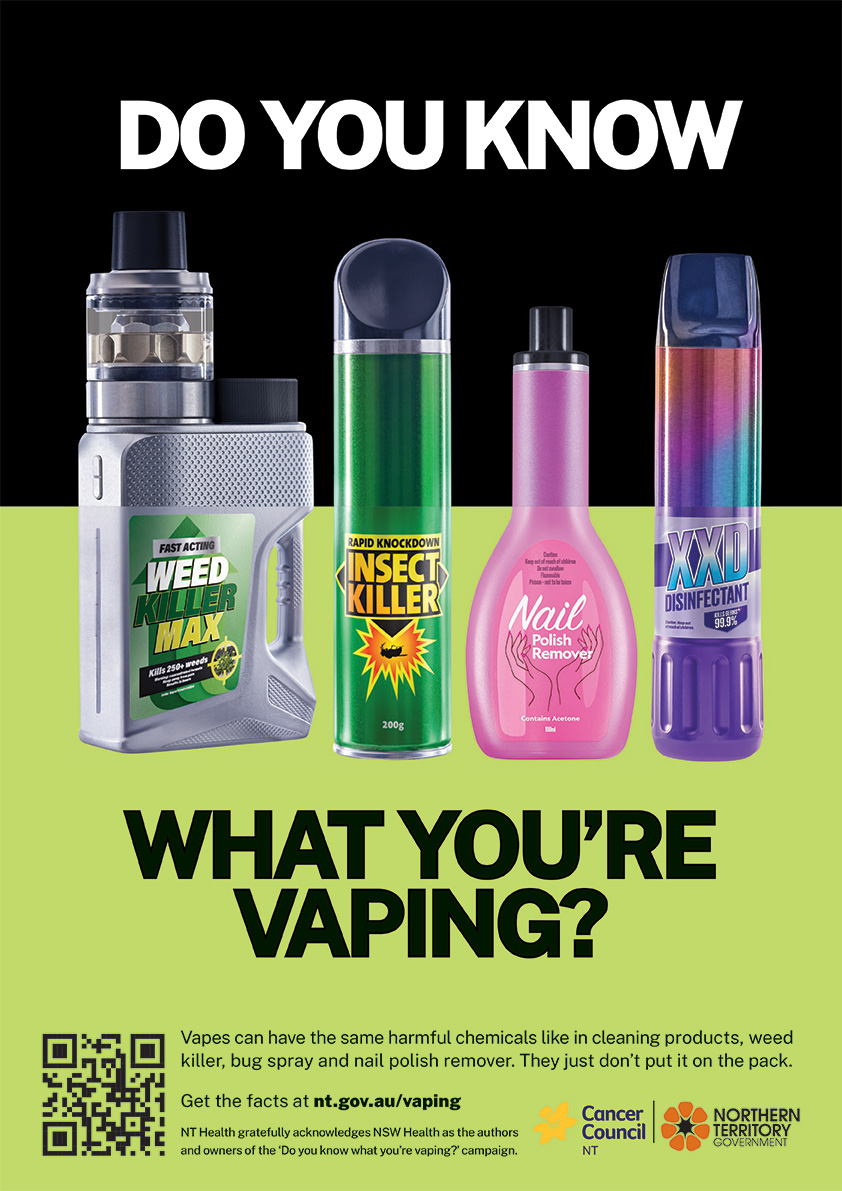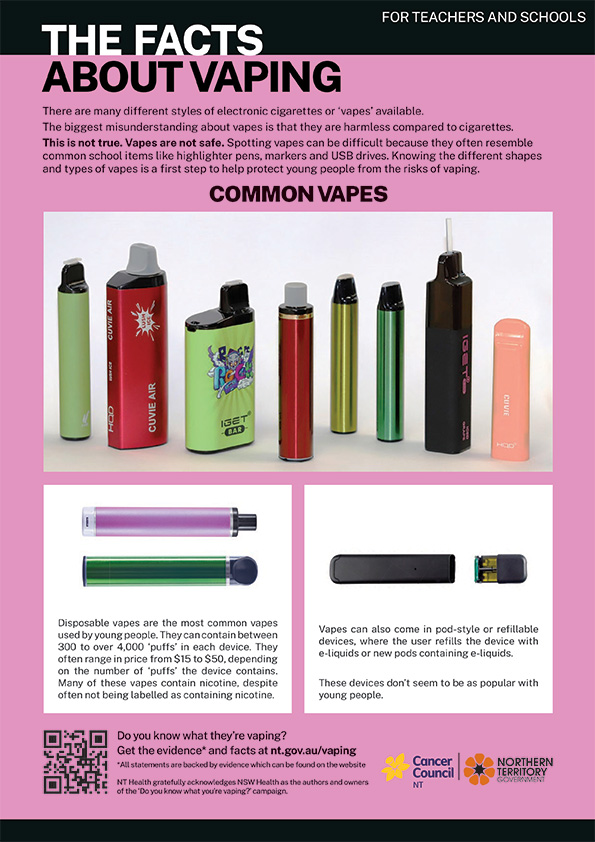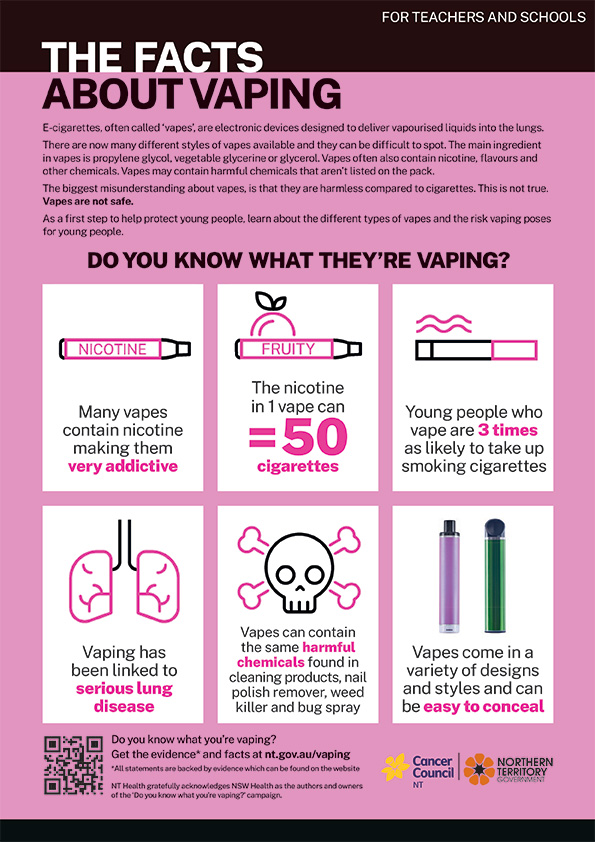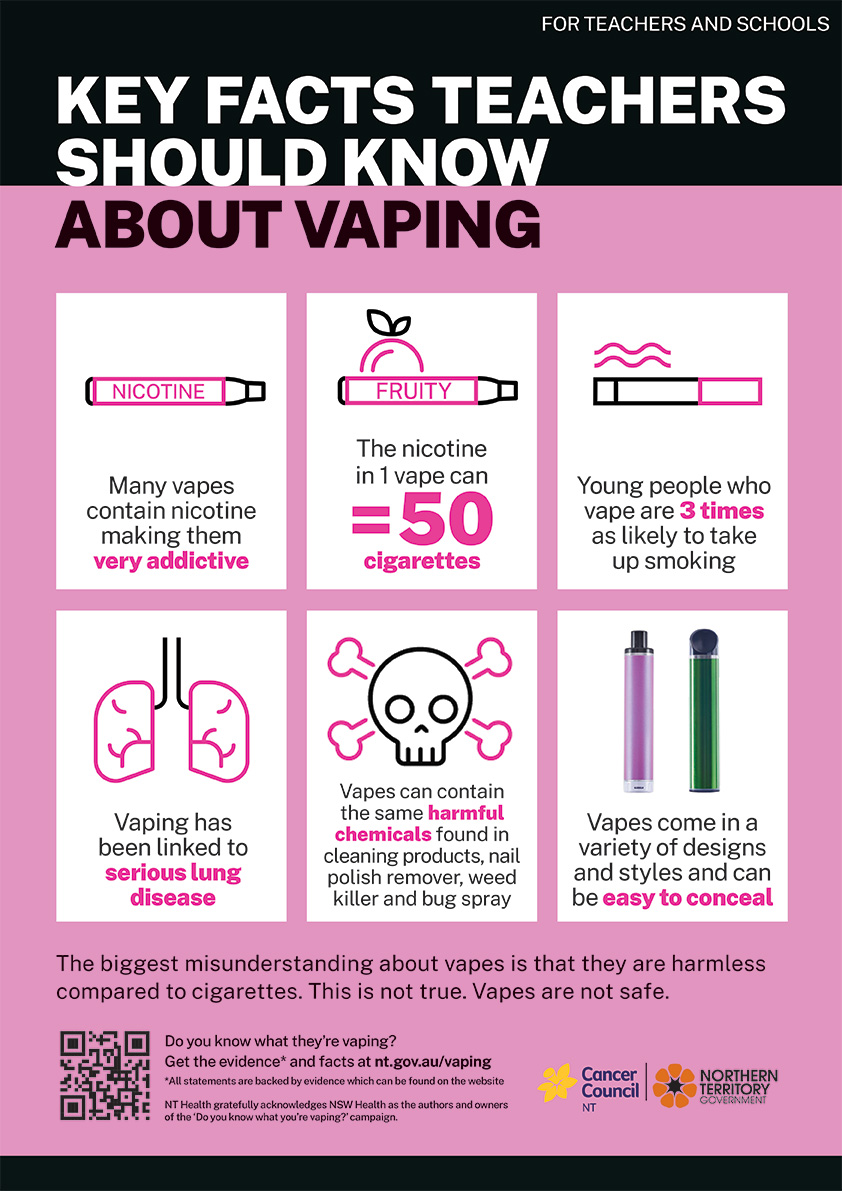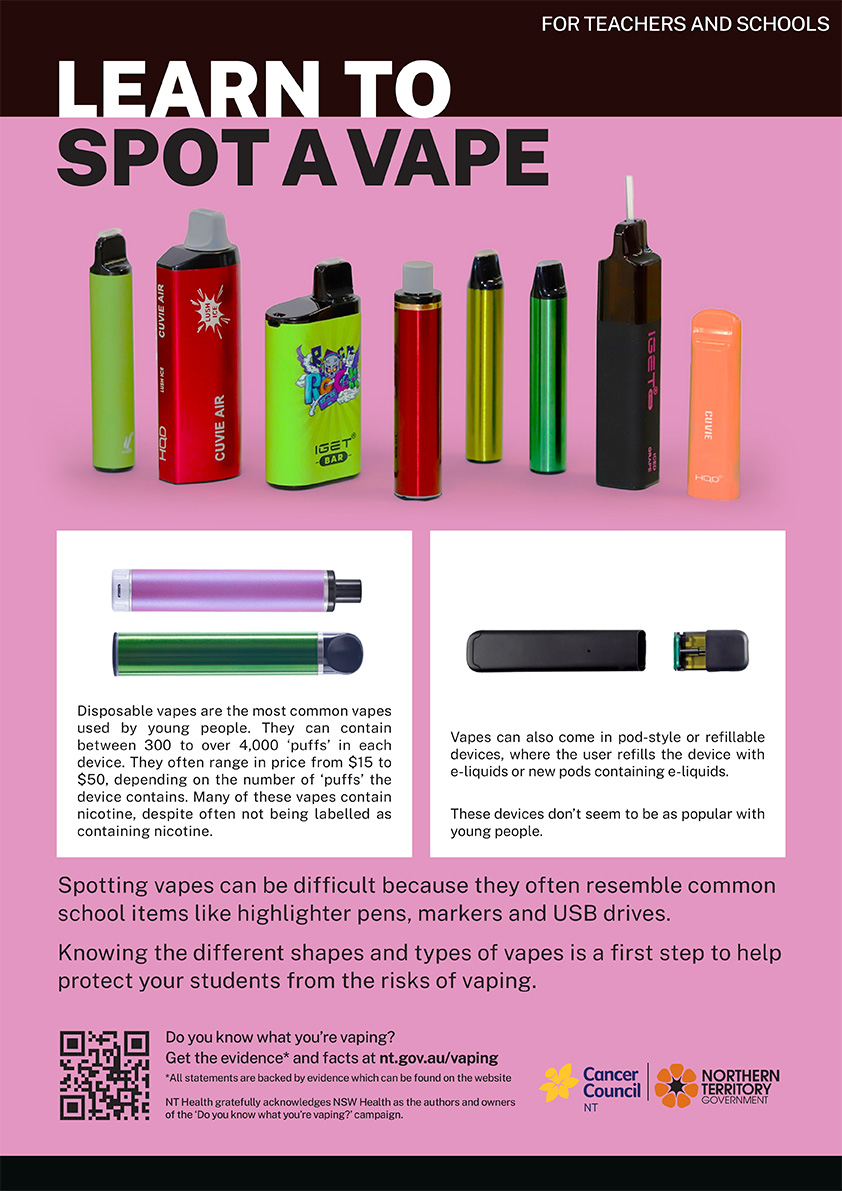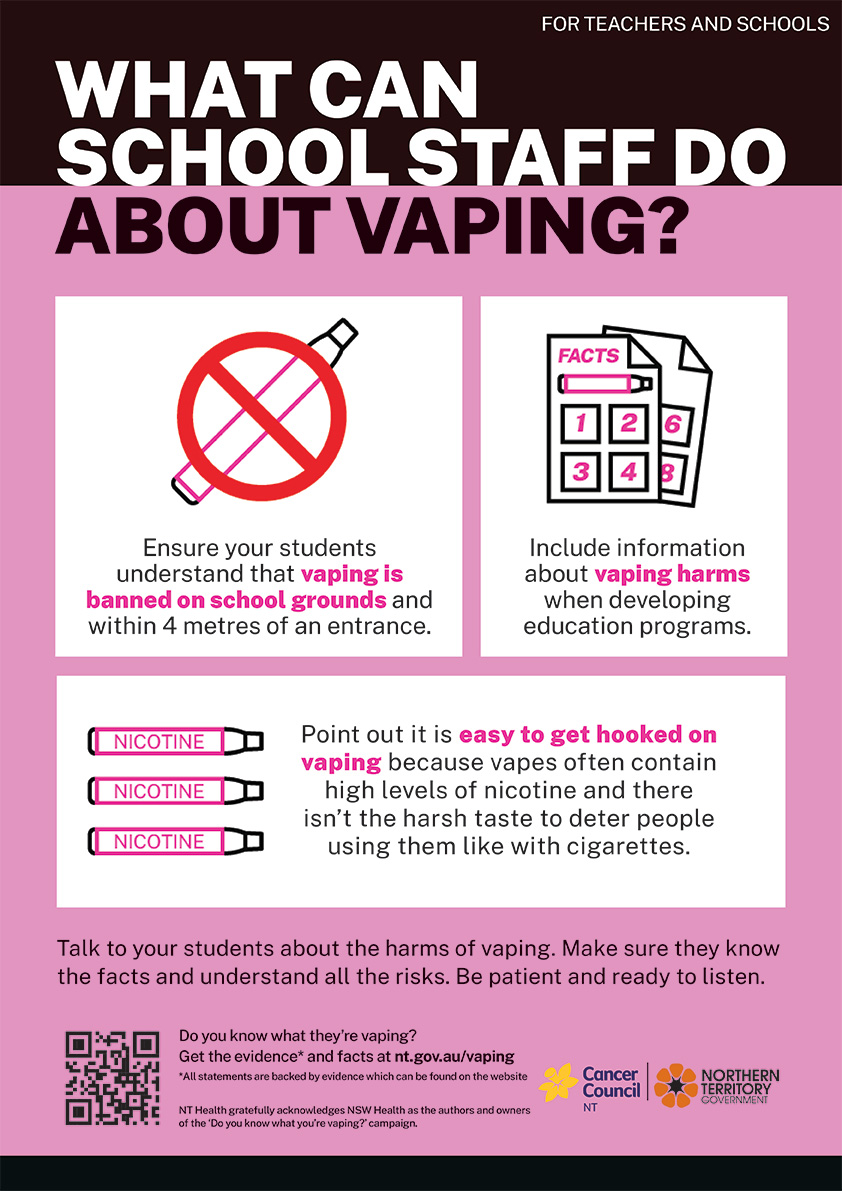Exercise for healthy living
Physical activity is important for good health and wellbeing, and has social and emotional benefits.
To get the most benefits, try participating in different types of activities that you enjoy.
Aim to be as active as much as possible during your day.
Benefits of physical activity
Being active regularly will help:
- healthy weight management
- improve mood and reduce stress
- improve heart health
- reduce chances of developing chronic diseases and some cancers
- maintain muscle mass and mobility as you get older
- keep older adults physically strong and better able to move about without falling or becoming too tired.
Tips for being more active
It's never too late to start doing something.
You should choose an activity you enjoy as you are more likely to keep it up.
You don't have to spend money to be active.
To be more active, you can:
- try different activities for different benefits - walking, cycling, water aerobics, line dancing, yoga, belly dancing
- exercise with friends - it's easier to stay committed and more fun
- walk or ride to the shop instead of driving
- get a step counter (pedometer) to increase your daily goal
- walk your dog every day, or just walk every day
- park your car further away and walk
- get off the bus one stop earlier
- take the stairs instead of the lift
- join a sport or recreation club or sign-up for a corporate event
- spend a couple of hours gardening at least once a week.
To find out how to be more active at work, read about healthy workplaces.
Find out about physical activity and exercise guidelines for all Australians on the Australian Government's Department of Health website.
Active living in the NT
To find healthy active lifestyle choices in your region in the NT, read:
For information on sport programs, recreation development and events, go to the Territory Families, Housing and Communities.
You can also visit the following websites:
- Commonwealth National Parks on the Australian Government's Department of Climate Change, Energy, the Environment and Water website
- Heart Foundation walking
- Parkrun
- Move it Mob Style.
Healthy weight and obesity
To find out information on healthy weights, healthy eating at all ages and ways to keep your weight at a healthy level, go to the Australian Government's Department of Health website.
Mould growth and your health
Moulds are fungi, like mushrooms, which are present at low levels both indoors and outdoors.
You are exposed to mould on a daily basis without any harm. Moulds need organic materials like wood, paper or dirt and moisture to grow. The most common moulds are black, green or white, although they can be other colours.
They can produce a musty smell and release countless tiny, lightweight spores which travel through the air. This happens when moulds are disturbed, such as during cleaning, or in dry conditions when a house or building is being dried out.
If mouldy materials are not removed or properly cleaned, high levels of airborne mould spores may be a health risk if you are sensitive.
You can be exposed by eating, inhaling or touching mould spores.
If you are sensitive to mould
Mould can trigger asthma attacks and make other respiratory and allergic conditions worse.
Symptoms depend on the amount of airborne spores you are exposed to, and how sensitive you are to moulds.
People who should avoid an area where mould clean-up or repair work is occurring are:
- children, especially infants
- pregnant women
- people over 65 years old
- people with a weakened system, allergies, severe asthma, chronic obstructive or allergic lung disease.
Health effects of mould exposure
If you develop health problems after mould exposure, you should get medical advice.
If you are sensitive to mould, any of the following can happen:
- stuffy nose
- irritated eyes
- wheezing
- skin irritation.
If you are allergic to mould, any of the following may happen:
- difficulty breathing or shortness of breath
- you may develop mould infections in your lungs if you have a:
- weak immune system or
- chronic lung condition such as obstructive lung disease.
Testing for mould
You should assume that a building's interior is contaminated with mould if any of the following apply:
- it has been flooded for more than 2 days
- visible mould is growing
- there is visible water damage
- you can smell mildew.
If your building has been flooded, you should clean up and dry out the house as soon as possible.
How to protect yourself
If you are going into a room or area that has a lot of mould for a long time, or you are cleaning visible mould, you should protect yourself from exposure.
If you are sensitive to mould, you should not carry out this activity and avoid the area particularly while a clean-up is occurring.
If you are asthmatic, you should keep your medication with you.
If you show signs of an asthma attack, you should get immediate medical attention.
You should wear long-sleeved clothing so your skin isn't exposed, a shower cap, goggles, gloves and an appropriate respirator to prevent breathing in mould spores.
Using a respirator
You can buy special respirators called P1 or P2 for filtering out airborne mould spores from most hardware stores.
Ordinary paper dust masks and cloths do not usually filter out mould spores.
You should be aware of the following about respirators:
- they can be hot and uncomfortable to wear
- if the seal around the face is poor, they won't work as well - for example, if you have a beard
- it does not filter out gases like carbon monoxide
- it can be harder for you to breathe normally, so if you have a heart or lung condition, ask your doctor before using it.
How to remove mould
For large, visible amounts of mould such as after a flood, consider getting a professional cleaning company to undertake the clean-up. For smaller mould clean-ups, follow the steps below:
Step 1. Clean
Household products usually work if used correctly. You should read the product's label to see how much and where you can use them, as well as warnings about what chemicals you can mix them with.
Clean one room at a time. You should use 2 buckets - one for rinse water and the other for the cleaner. This keeps most of the dirty rinse water out of your cleaning solution.
Rinse out your sponge, mop or cleaning cloth in the rinse bucket. Wring it dry and keep it rolled up tight when you put it in the cleaner bucket.
You can also try any of the following:
- 70% solution of white wine vinegar with water - 1 litre of vinegar in 450ml water
- 80% methylated spirits in water - 1 litre methylated spirits in 250ml water
- 1.5 cups of household chlorine bleach in 10 litres of water.
Using bleach
You should never mix bleach with ammonia or any other cleaning product of detergent with ammonia.
Do not use a bleach-based solution on aluminium, stainless steel surfaces or linoleum. Use a household detergent.
Step 2. Disinfect
Disinfect surfaces with a disinfectant product. Or you can use half a cup of household chlorine bleach in 10 litres of water.
Step 3. Dry
Open the doors and windows and let the house air out. Use fans, heaters and dehumidifiers to dry the house out.
Contact
For more information, contact Environmental Health.
Nutrition
Healthy eating and good nutrition is important for health and wellbeing.
A varied, balanced diet rich in vegetables, fruit and whole foods can prevent and manage many lifestyle diseases that affect Territorians today.
Healthy eating resources
- Read the Australian Dietary Guidelines on the Australian Government's Eat for Health website.
- Aboriginal and Torres Strait Islander Guide to Healthy Eating - download the PDF from the Australian Government's Eat for Health website.
- For tips, recipes, meal plans and resources, go to LiveLighter website.
- Information on smart eating for you, go to Dietitians Australia website.
- Get the nutrition and healthy eating resources on the Nutrition Australia website.
- Learn more about heart healthy meals, go to Heart Foundation website.
Healthy workplaces
Where you work affects your health, including your physical, mental, economic and social wellbeing. It can also affect the health and wellbeing of your family and community.
Promoting good health in your workplace can therefore create positive changes in your wider community.
Benefits of a healthy workplace
Organisations that have workplace health and wellbeing programs are known to:
- increase employee morale and engagement
- improve their company image
- reduce workplace injuries and any related costs
- encourage employees to enjoy work and stay in an organisation for a longer time.
Healthy workers are:
- more productive
- more engaged in their work
- known to take less sick leave
- more energetic and can concentrate better.
Workplace health and wellbeing programs
A successful workplace health and wellbeing program:
- doesn’t have to be expensive
- thinks about workplace health and safety
- identifies health issues and needs
- is voluntary and has high attendance
- is sustainable and has long-term commitment
- is assessed and reviewed when needed
- looks at individual and organisational issues
- is supported by management, and senior managers are involved
- is accessible to all employees no matter what their health status, location or role is
- has coordinators who have training in health promotion and relevant resources.
Guide to workplace health and wellbeing
You can find out more about starting a workplace health and wellbeing program in your organisation on the Department of Health website.
No Germs on Me
No Germs on Me is a social marketing campaign to promote the benefits of regular face washing and hand washing with soap. It was developed to address the high rates of infection among children in Aboriginal communities.
The television commercials and posters on this page are useful resources to promote routine hand washing with soap after going to the toilet, changing babies' nappies and before touching food. Research shows this is the most cost effective way to stop the spread of infection.
The television commercials below also show the importance of children washing their hands and faces before touching young babies to help stop the spread of respiratory infections and trachoma.
Aboriginal people living in remote communities guided the development of these resources. An urban campaign has also been developed to promote hand washing to the general public.
No Germs on Me TV commercials have a light-hearted, humorous tone and are designed to stimulate thinking about the benefits of hand washing.
The catch cry 'didya wash ya hands?' and logo with the response 'no germs on me' brand all campaign materials.
Campaign material
The No Germs on Me commercials and posters below are useful for schools, childcare centres, remote community stores and public health professionals to promote safe hygiene.
| Resource | Title |
|---|---|
| TV commercial | School competition winning entry |
| Urban TV commercial | Basketball Part 1 Basketball Part 2 |
| Urban TV commercial | BBQ Part 1 BBQ Part 2 |
| Remote TV commercial | BBQ 2 Part 1 BBQ 2 Part 2 |
| Remote TV commercial | AFL Part 1 AFL Part 2 |
| Remote TV commercial | Baby Part 1 Baby Part 2 |
| TV commercial | Friends Part 1 Friends Part 2 |
| Hand and face washing TV commercial | Pre-school |
| Hand and face washing TV commercial | Footy |
| Hand and face washing TV commercial | Clap hands |
| Poster | 5 Steps (A4) (Adobe PDF document - 602KB) |
| Poster | Changing Nappy (A2) (Adobe PDF document - 1749KB) |
| Poster | General (Tabletop) |
| Poster | General (A2) (Adobe PDF document - 546KB) |
| Poster | Food (A2) (Adobe PDF document - 1763KB) |
| Poster | Hero (A2) (Adobe PDF document - 5530KB) |
| Poster | Toilet (A2) (Adobe PDF document - 2063KB) |
| Sticker | 5 Steps (Sticker) (Adobe PDF document - 30KB) |
Posters with AFL players
Smoking
Smoking tobacco is a major cause of ill health and disease in the Northern Territory (NT).
What happens when you quit
When you quit smoking, your body will go through the following process after:
- 8 hours - excess carbon monoxide is out of your blood
- 5 days - most nicotine is out of your body
- 1 week - your sense of taste and smell get better
- 4 weeks - your blood flow improves
- 3 months - your lungs work better
- 12 months - your risk of disease is halved
- 5 years - your risk of stroke is greatly reduced.
Find out more information on tobacco and your health.
Planning to quit smoking
If you are thinking about quitting smoking, you should make a plan and stick to it.
It can help to have someone else to quit with, or get help with quitting from your doctor or other organisations.
Quitting methods
There are several ways you can quit smoking, including:
- going cold turkey - giving up suddenly
- gradual approach - cutting down the number of cigarettes you have each day until you no longer smoke
- medication and nicotine replacements - these can be taken to reduce withdrawal symptoms.
Cravings
Cravings only last a few minutes and get less over time. When you have a craving it will pass.
When you have a craving you should try the 'four Ds':
- delay
- deep breathe
- drink water
- do something else.
Withdrawal symptoms
When you quit smoking you may have some symptoms while you body begins to repair and return to normal.
These include all of the following:
- coughing
- cravings
- mood swings
- difficulty concentrating
- tingles in hands and feet
- anxiety and restlessness
- upset stomach
- headaches
- feeling hungry.
It can take 10 to 30 days for these symptoms to disappear.
Help with quitting smoking
You should talk to your doctor or general practitioner (GP) to find out about getting help to quit smoking.
They can give you advice on nicotine replacement therapy and other medicine to help you quit.
Your doctor or GP can complete a Quitline referral form for a counsellor to call you at a convenient time.
NT Quitline
Quitline is a free telephone counselling and support service.
You can call 13 78 48 (13 QUIT) Monday to Friday from 8:30am to 8pm, and Saturdays from 2pm to 5pm.
Outside these hours, you can leave a message and a counsellor will call you back.
You can also register for a call back or chat online at the Quitline website.
Quitline NT is also on Facebook.
What Quitline counsellors do
Quitline counsellors can:
- help you make a plan to quit or cut down smoking
- talk about the different ways to quit and help you to find a way that suits you
- send you information about quitting smoking
- give you follow-up phone calls to support you while you are quitting.
Other useful tools to help quit smoking
Get the following apps from the Australian Government's Department of Health:
Find out about the Quitskills training program on the Cancer Council website.
Where you can and can't smoke
Where you can't smoke
Smoking includes using electronic cigarettes for vaping. Under NT law, you can't smoke in any of the following places:
- enclosed public places, including pubs, clubs, restaurants and casinos
- enclosed workplaces
- non-liquor licensed outdoor dining areas of cafes and restaurants
- non-smoking areas of outdoor dining areas at liquor licensed premises
- outdoor public events, and within 10m of these events, except where smoking areas are identified
- schools, childcare centres and other educational facilities and within 10m of the entry and boundary area of these facilities
- motor vehicles when carrying passengers under the age of 16
- public transport and associated areas.
Where you can smoke in the NT
You can smoke in all of the following places:
- most outdoor areas
- the designated smoking area of a liquor licensed premises outdoor dining area, including a courtyard, footpath or balcony area
- more than 2 metres away from a doorway and 3 metres from an air conditioning unit
- your own home if it is not being used for commercial childcare, accessed by the public or clients, and has no employees
- the designated smokers room on an oil rig.
You may also be able to smoke in your own private room in group or shared accommodation. You should check with the manager first.
If someone smokes where they can't
If you are in a non-smoking venue or area and you see someone smoking, you should point out to them the area is non-smoking.
You should tell the owner or manager of the business, who must take steps to ensure compliance. They can call the NT Police who can issue an on-the-spot fine.
If someone is smoking in a workplace, work health authorised officers can issue on-the-spot fines.
Smoking and children
Children have less developed airways and breathe faster than adults which means they breathe in more harmful chemicals.
If children breathe in second-hand smoke, they are at risk of all of the following:
- sudden infant death syndrome
- childhood asthma and other chronic respiratory symptoms
- acute lower respiratory tract infections in infancy and early childhood
- childhood cancers
- complications if they need a general anaesthetic
- decreased lung function
- Middle East respiratory syndrome (MERS)
- reduced sense of smell
- long-term developmental effects
- dental problems.
Children and smoking in cars
Under the law, you must not smoke in a car with children under 16 years old.
You can receive a penalty or on-the-spot-fine from the NT Police if you break this law.
Smoking in a small space like a car increases the harmful effects of second-hand smoke, even with the window wound down.
Electronic cigarettes
The NT Tobacco Control Act 2002 was amended in 2019 to include electronic cigarettes (e-cigarettes), and their accessories, as regulated products.
Like traditional tobacco products, the sale of e-cigarettes requires a tobacco retail licence and the same restrictions that apply to the sale and consumption of tobacco apply to e-cigarettes.
Changes to nicotine e-cigarette laws
From 1 October 2021, new national laws regulating the sale and use of nicotine e-cigarettes will come into force.
For more information about the changes, go to the Australian Government's Department of Health website and the Therapeutic Goods Administration website.
Smoking in outdoor public events and places
Smoking is not permitted at public events or within community facilities in the NT under the Tobacco Control Act 2002.
These events and facilities must have smoke-free buffer areas.
Events that need buffer areas
Events and facilities that need smoke-free buffer areas include:
- all community events for the public
- bike racing facilities
- community markets
- horse racing and dog racing facilities
- motorcycle and car racing facilities
- playgroup facilities and playgrounds
- pop-up events
- school grounds
- showground facilities
- sports fields
- swimming pools.
If you organise an event or manage a facility
If you organise public events or manage a community facility, you must create a 10-metre smoke-free buffer area from all boundaries, entry and exit points.
These buffer areas must have signs to show that smoking is not permitted. Templates for signage are available from the tobacco compliance and liaison officer. Get the contact details below.
Fines for smoking in buffer areas
Authorised officers may issue fines to people smoking tobacco products or using e-cigarettes in smoke-free areas.
The penalty is a:
- minimum fine of 80% of a penalty unit if issued through an infringement notice or
- maximum fine of 20 penalty units if issued by the court.
Find out more about penalty units on the Department of Attorney-General and Justice website.
More information
For more information, go to the Department of Health website.
Contact
Contact the tobacco compliance and liaison officer by calling 08 8999 2830 or emailing mhaod.doh@nt.gov.au.
Vaping
Vaping is inhaling a vapour that comes from an electronic device called an e-cigarette or vape.
They can look like metal pens, USB drives or small boxes.
Vaping looks just like smoking, but instead of tobacco, the device uses flavoured liquids or 'juice'.
The liquid is heated and turned into a vapour, which is then inhaled.
The smell of vapour is very different to traditional tobacco smoke.
Concerns about vaping
Most vape products are not regulated or tested and ingredients vary greatly.
Chemicals found in vapes
Some of the chemicals used in vapes are considered carcinogenic. This means they can cause cancer.
Testing of many other chemicals in vapes is inadequate or non-existent. Few have been tested in a ‘heat and inhale’ situation.
Potential cancer causing chemicals in vapes can include:
- formaldehyde
- heavy metals
- acetaldehyde
- acrolein.
Ingredients of vaping products are also found in:
- cleaning products
- nail polish remover
- weed killer
- bug spray.
Illegal nicotine in vapes
In Australia, it is against the law for vaping products to contain nicotine.
The exception is for a person who is trying to quit traditional smoking under the care of a doctor and a pharmacist.
Nicotine found in vapes can cause addiction just like smoking traditional cigarettes.
It can also affect several important steps in the development of cancer, and cause aggravation and recurrence of the disease.
Misleading labelling
The labels on vape products can be misleading. They don't always disclose all the ingredients.
Most illegally contain nicotine as well as other harmful chemicals.
Toxic metals used in vape devices
Some vape devices are made with metals that can be harmful to your health if ingested or inhaled, such as:
- arsenic
- lead
- nickel
- chromium.
When the metal components of vapes are heated during use, it can cause them to release tiny particles that are inhaled directly into the lungs.
Health conditions caused by vaping
There is concern that vaping can lead to:
- lung disease
- heart disease
- cancers.
Since it takes many years for diseases to develop, and vaping is still relatively new, it's hard to be sure of the long-term health effects.
Short-term health effects of vaping can include:
- throat irritation
- coughing
- nausea
- dizziness
- headaches.
Rules for buying and using vapes
Non-nicotine vapes can only be bought from licenced tobacco retailers.
The same rules apply to buying non-nicotine vapes as traditional tobacco products.
Only pharmacists can sell nicotine-containing vapes.
Vaping and young people
The same rules for smoking cigarettes apply to vaping.
Even though it's against the law, some young people might still be sold or given vapes.
Why young people vape
Young people may choose to vape for various reasons, including:
- curiosity
- peer pressure
- belief that vaping is less harmful than smoking cigarettes
- appealing flavours
- coping mechanism for stress or emotions
- easier access and more affordable than cigarettes.
Vaping is especially concerning for young people because their brains are still developing, and the chemicals in vapes can harm their brain development.
Young people can also become addicted to nicotine quicker, and at lower or less regular levels of consumption, than adults.
It can also have an impact on:
- learning
- memory
- attention
- impulse control
- mood.
Talking to young people about vaping
If you think your child or a young person in your care is vaping, it's important to talk to them about it.
Try to make the conversation relaxed and easy.
You can call the Quitline on 13 78 78 to get further information and advice.
There are also services that young people can reach out to for help, including:
Support
If you're concerned about your vaping or need help to stop, talk to your doctor or call Quitline on 13 78 78.
If you need help quitting traditional smoking and you're considering using a vape, speak with your doctor. There may be other safer evidence-based options that a doctor can help you with.
For non-smokers, there are no health benefits of using vapes, it only causes harm.
Resources
The 'Do You Know What You’re Vaping' campaign provides resources to help young people, parents and carers, and teachers get the facts about vaping.
The campaign has been reproduced with permission of New South Wales (NSW) Health.
To read about the research carried out for this campaign, go to the NSW Health website.
Young people
Fact sheets
|
Posters
|
|
|
|
|
|
|
Make a referral to the Banned Drinker Register (BDR)
There are different pathways onto the Banned Drinker Register (BDR). This information is for people who are applying to the BDR registrar to place themselves or another person on the BDR.
For police or court and parole information, read more about BDR pathways.
Make a referral
Refer yourself
You can refer yourself to the BDR if you want to stop yourself from buying takeaway alcohol for any reason.
A self-referred banned drinker order (BDO) can be for a period of 3, 6 or 12 months. It is a voluntary pathway and you can take yourself off at any time.
Get the self referral information sheet PDF (427.8 KB).
Fill in the self-referral form DOCX (59.4 KB).
Authorised person referrals
- health professionals, registered under the Health Practitioner Regulation National Law (other than a student)
- child protection workers
- social workers
- public housing safety officers
- police
- sobering up shelter team leaders
- Aboriginal health workers
- Australian Counselling Association level 4 counsellors.
Get the clinicians information sheet PDF (301.6 KB).
Fill in the authorised person referral form DOC (77.2 KB).
Family, carer and guardian referrals
A referral can be made by:
- family members
- carers
- appointed guardians.
Get the family, carer, guardian information sheet PDF (114.3 KB).
Fill in the family carer guardian application DOCX (71.5 KB).
How authorised person referrals are reviewed
The BDR registrar makes a determination as to whether a referred person should be placed on the BDR.
Before making a decision, the registrar reviews the outcome of any clinical assessments and all other available evidence. They will also attempt to make contact with the referred person.
In making a decision, the registrar must be satisfied as to the referred person's identity and that:
- they are misusing or have misused alcohol
- the misuse of alcohol is a risk to the health, safety or wellbeing of the person or any other person (including children and other dependants).
If the criteria is met, the BDR registrar will issue a banned drinker order (BDO) for a period of 3, 6 or 12 months.
The registrar also decides whether a person’s police or registrar-issued BDO should be reduced if they have completed a therapeutic support program.
Income management
The BDR registrar can make income management orders if:
- a BDO is in force for 12 months and
- the registrar is satisfied it would benefit the person.
This means 70% of welfare payment can’t be used to access cash, alcohol, gambling services, tobacco or pornography.
If you have an income management order and you do not agree with the decision, you can apply to the Northern Territory Civil and Administrative Tribunal (NTCAT) for a review.
It is free to apply and a review is done as soon as practicable, go to the NTCAT website.
Challenging a decision
Find out how to get a review of your banned drinker order.
Contact
You can contact the BDR office between 8am and 4:20pm, Monday to Friday, excluding public holidays:
- call 1800 237 226
- email bdr.health@nt.gov.au.
Banned Drinker Register (BDR) support and reducing your banned drinker order (BDO)
You can choose to get an assessment for therapeutic support at any time, even if you are not on the Banned Drinker Register (BDR) or have already completed a ban.
Completion of a therapeutic support program can reduce your banned drinker order (BDO).
Get a clinical assessment
Clinical assessments may be used to assist the BDR registrar with deciding whether to make a BDO.
They may also be used to assess the need for therapeutic support or a reduction of a BDO.
Health care workers and the BDR registrar can refer you for a clinical assessment. You can also refer yourself.
You can choose whether or not you want to complete the assessment, regardless of who has referred you.
If you need help arranging an assessment, the BDR office can help you with this.
The assessments are done by qualified alcohol and other drug clinicians.
Read the assessments and therapeutic supports information PDF (133.1 KB).
Declining an assessment
You will not be forced to complete an assessment.
If you have been referred to the BDR for an assessment, declining the assessment does not mean you won’t be put on the BDR.
The clinician will make the report without your input based on information available. The BDR registrar will then make a determination.
If you change your mind and want to complete the assessment, contact the BDR office.
What it includes
The assessment is a comprehensive overview of your health and wellbeing, and can take 1 to 2 hours to complete.
It will include:
- your history with alcohol use
- a cognitive assessment
- identifying any other ongoing health problems
- details about your home and support networks
- blood tests if needed.
The assessment will determine what therapeutic support is best suited to your needs.
Benefits
After an assessment, you can be referred to free therapeutic support programs that are best suited to your needs.
This can include:
- residential rehabilitation programs
- cognitive behaviour therapy
- relationship counselling
- relapse prevention
- coping skills training
- anger management courses
- social and emotional wellbeing programs.
Apply to reduce your ban
If you complete a therapeutic support program, you can apply to reduce your police or registrar-issued BDO.
Even if you don't use the same support programs that were recommended from the assessment, you can still apply for a reduction. You must be able to provide information about the program and evidence of your completion.
Contact the BDR office to discuss a reduction to your ban.
Eligibility
You cannot apply if you are on the BDR through a condition of a court or parole order.
Services by region
Contact
You can contact the BDR office between 8am and 4:20pm, Monday to Friday, excluding public holidays:
- call 1800 237 226
- email bdr.health@nt.gov.au.

